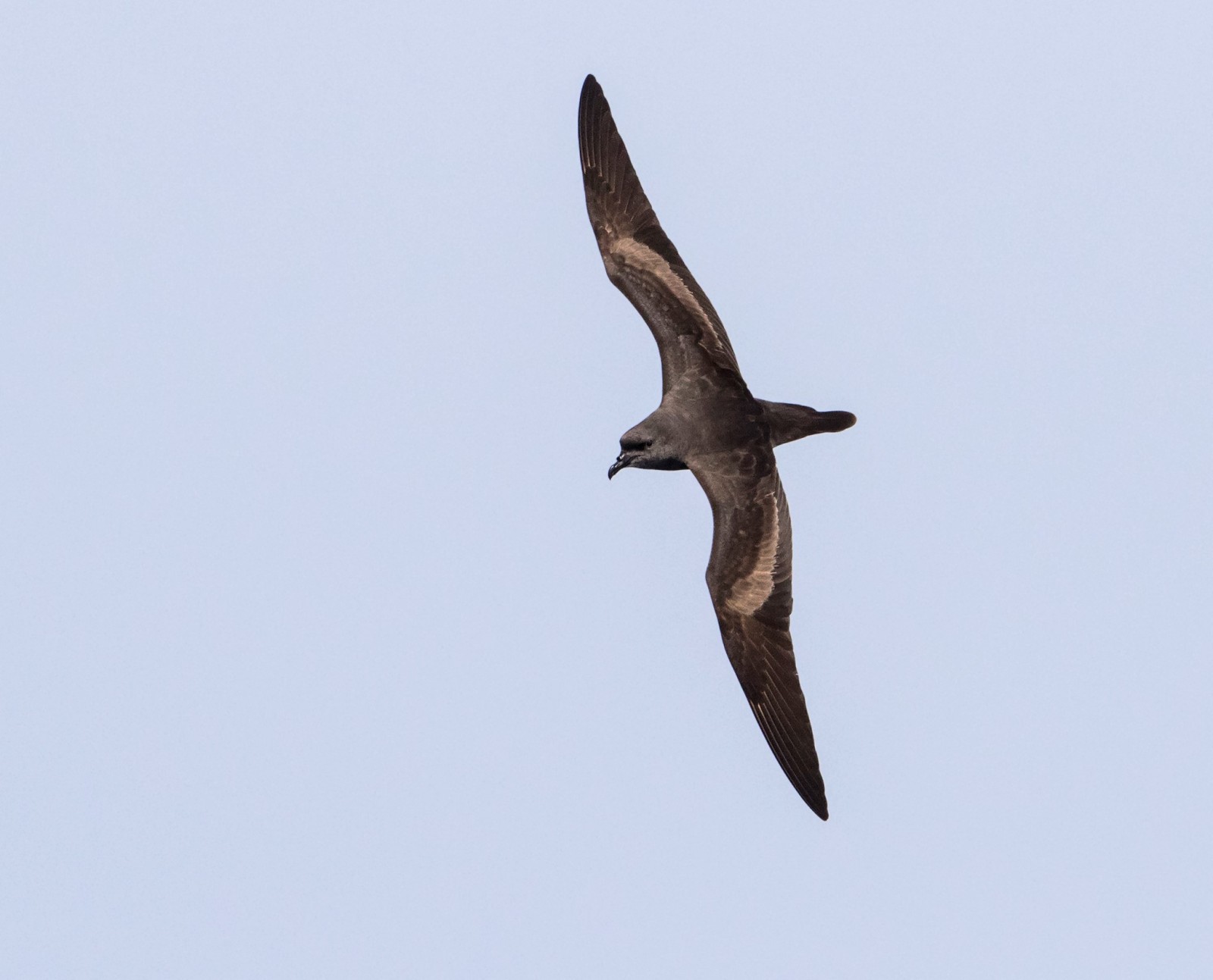Beschreibung
During winter most sea birds except for the overwintering gulls and terns leave the Canary Islands. Interestingly the Madeirawellenläufer breeds in the archipelago during winter, but on inaccessible rocky islands. If you are lucky it can be seen flying out at sea looking for food. In early november it is still possible to find Gelbschnabelsturmtaucher and Barolosturmtaucher. During spring and summer these birds can be found regularly as well as others like Buntfuß-Sturmschwalbe, Atlantiksturmtaucher and Bulwersturmvogel
Gulls and terns that can be found are Mittelmeermöwe, Heringsmöwe, Brandseeschwalbe and occasionly Korallenmöwe and Schwarzkopfmöwe
Details
Zugang
The waters around Gran Canaria can of course only be visited by boat. If you don't have a boat or a friend with a boat the best way to explore this locality is either by ferry to another island or by dolphin tour. Some sea birds like Gelbschnabelsturmtaucher follow dolphin pods in hopes of getting some food. Different tours depart from the harbour of Puerto Rico. See links to operators below.
Terrain und Habitat
MeerBedingungen
Kein Schatten , Offene LandschaftRundweg
JaIst ein Spektiv nützlich?
NeinGute Beobachtungszeit
Sommer , Frühjahr , HerbstBeste Beobachtungszeit
Sommer , FrühjahrSchwierigkeitsgrad der Tour
EinfachErreichbarkeit
BootBeobachtungshütten oder -türme
NeinLinks
- Spirit of the Sea: boat tours Gran Canaria
- Lineas Bluebird boat tours Gran Canaria
- Multiacuatic boat tours Gran Canaria






